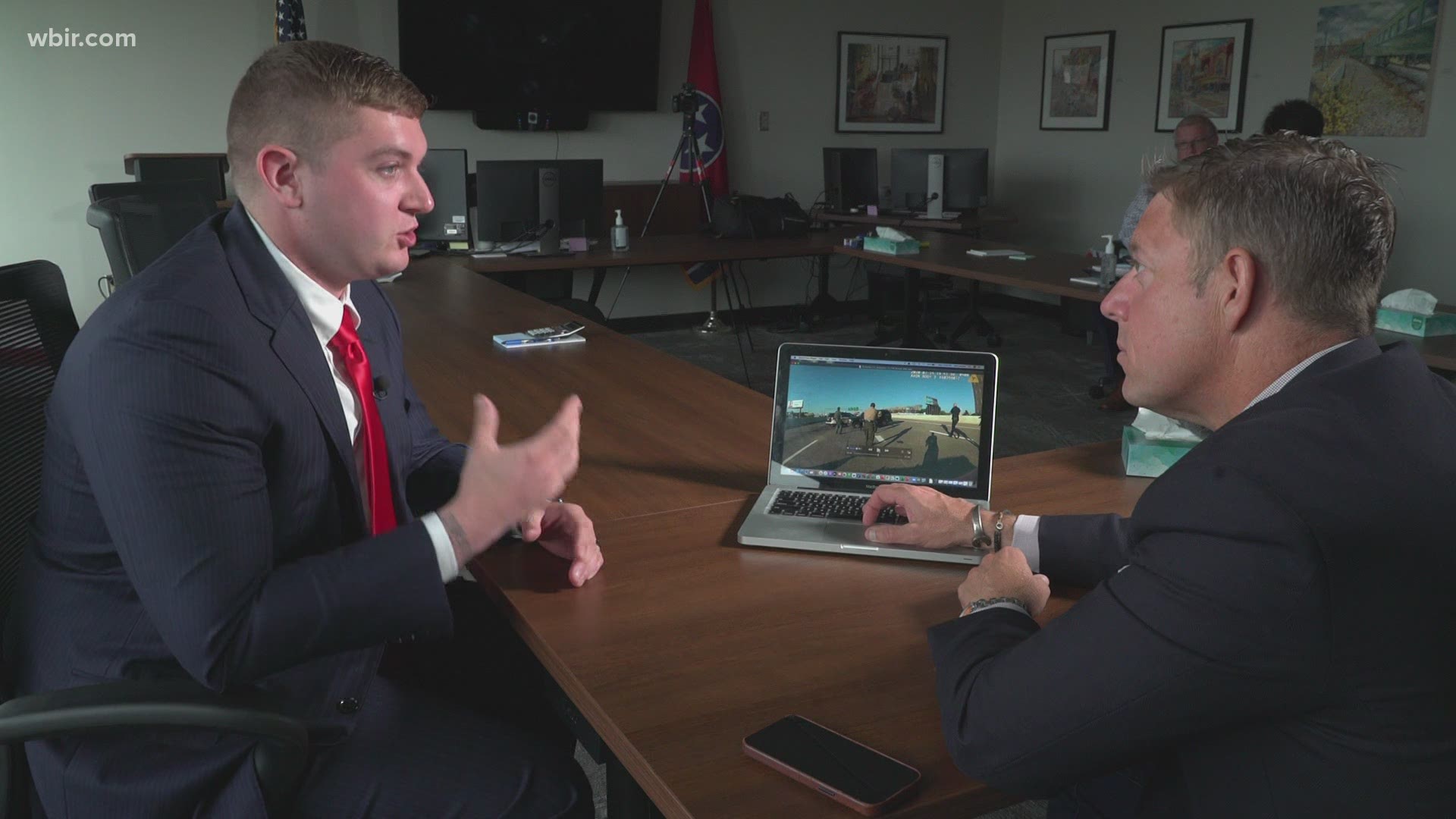I-40 Shootout: The fugitive, the chase and 12 seconds of gunfire that changed everything
A Florida fugitive vowed he'd never go back to jail. On the night of July 14, 2020, on a busy section of I-40 in downtown Knoxville, he got his wish.
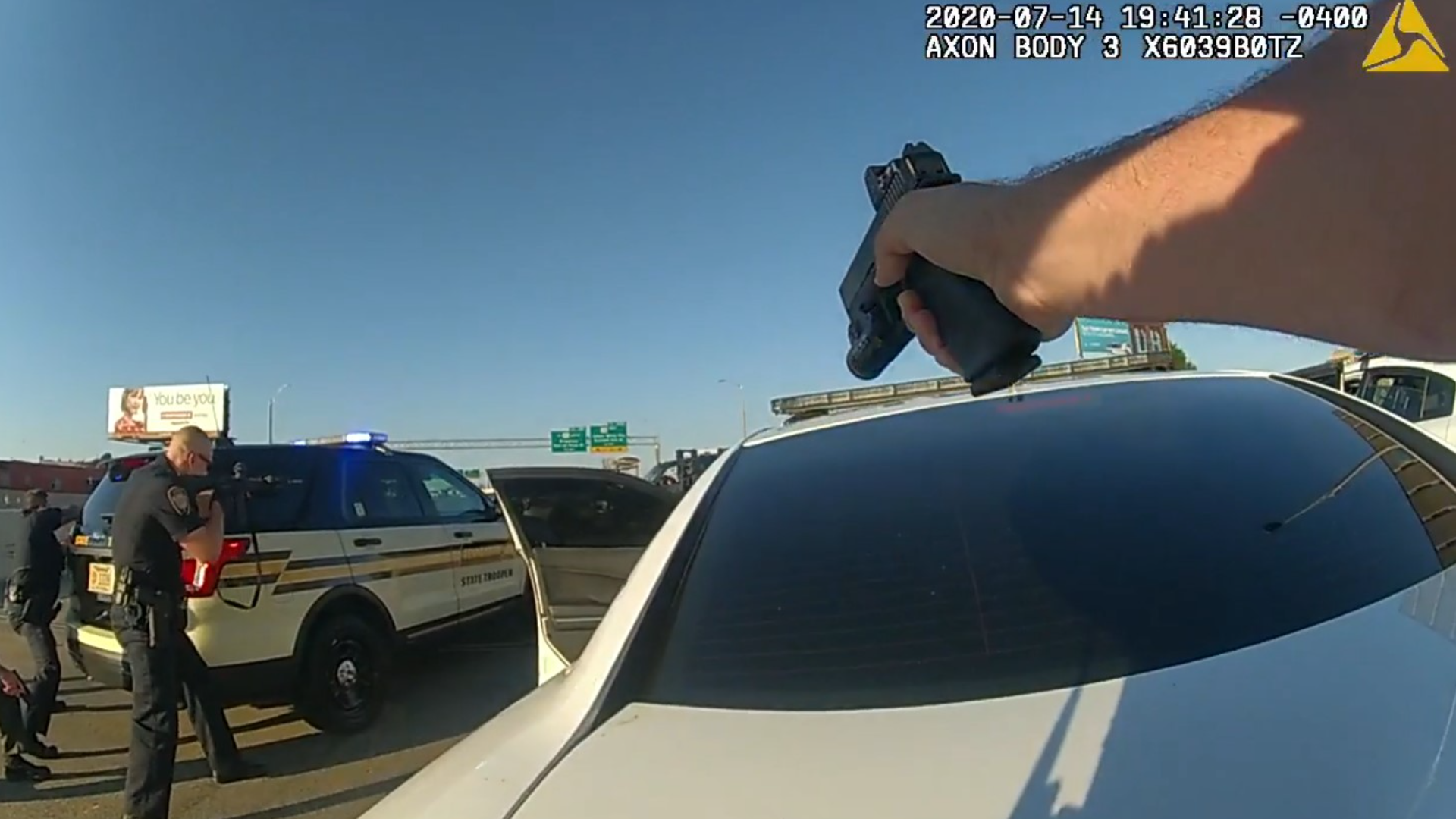
Cristhian Eliud Ramos-Murillo vowed he'd never go back to Florida alive.
The 32-year-old fugitive got what he wanted on a clear July 14 evening last year on Interstate 40 in downtown Knoxville.
After an 18-minute chase that started at Watt Road and ended in a forced crash on I-40 near the monolithic AT&T Building, Murillo pulled out a pistol in the driver's seat of a Chevy SUV, traded shots with THP troopers and Knox County deputies and suffered multiple gunshot wounds that would kill him that night.
His passenger and friend, a Salvadoran native who spoke little English, survived. Barely.
Investigating authorities revealed little at the time about the shootout that shut down the interstate for hours and prompted a months-long state investigation.
LOOKING AT THE FOOTAGE
The deeper story lives in investigative documents, bodycam footage and dashcam video obtained by WBIR in a records request, as well as in interviews from those who survived the gunfight that consisted of nearly 70 shots.
They reveal the almost mocking way Ramos-Murillo treated the police as they pursued him east in the approaching dusk.
They depict the mounting tension as Ramos-Murillo and passenger Mario Moya, 21, evaded first one and then two attempts by law enforcement to bust their tires on I-40.
They expose the rapid-fire bursts of gunfire as the South Florida man faced deputies and troopers with a semiautomatic only to be hit again and again -- so hard that he ended up sprawled partly in the Chevy's backseat, legs flailing, groaning from gunshots.
And they show the urgent efforts of the same troopers and deputies who had just shot the men as they worked moments later to give Moya, the passenger, first aid.
For Conner Amburn, a Knox County Sheriff’s Office K-9 officer who ended up yards from the gunman, looking right into his eyes, it’s a scene he’ll never forget.
“It is a day that I will live with the rest of my life,” Amburn told WBIR.

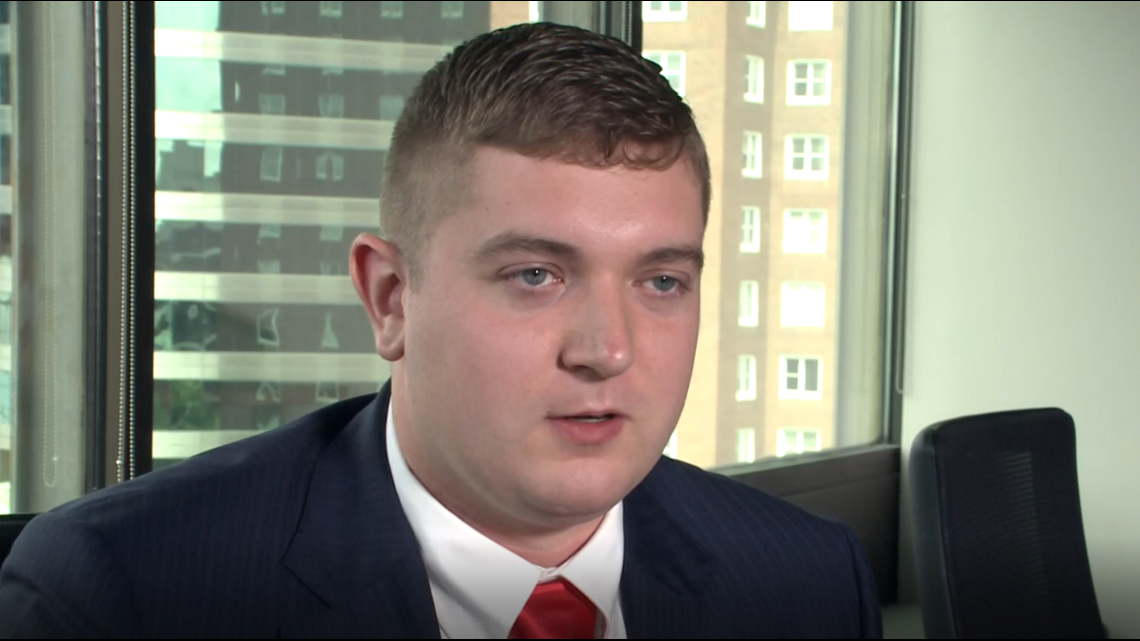
Four deputies and a trooper fired shots at the Chevy Tahoe. After a Tennessee Bureau of Investigation review, Knox County District Attorney General Charme Allen late last year found the officers acted legally and proceeded within the bounds of the law.
To Knox County Sheriff Tom Spangler, deputies did just what they were supposed to that night on the interstate overpass above the Old City.
“What we found was they did what they should have done” Spangler said. “And they did that in a professional manner.”
In the heat of the gun battle, however, many of the officers would recall they didn’t know if their fellow officers were OK or even if they’d been hurt themselves.
Amburn’s ears rang from the sonic booms of gunfire in his cruiser. Knox County Sheriff’s Office Deputy Matt Johnson marveled that no officers suffered injuries.


“Conner Amburn’s car took several rounds,” the deputy would later tell a TBI agent. “I remember his driver door was open. He had two rounds in the door, one by the hinge and one by the door handle. I remember thinking, it was a miracle that no officers were shot.”
ON THE RUN
Tennessee authorities knew Ramos-Murillo, a felon whose prior convictions included hacking off the fingers of a girlfriend, might be coming. He’d fled Florida some 12 hours earlier after a shooting that would turn out to be a homicide in North Lauderdale, Fla. Broward County authorities wanted him.

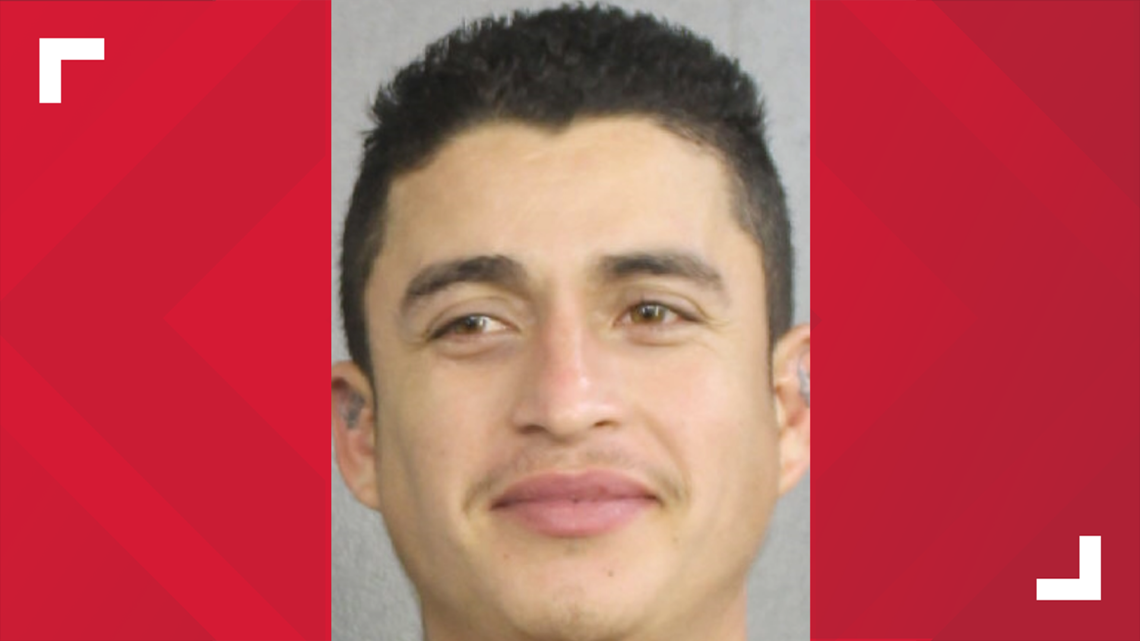
That afternoon a Georgia license plate reader had registered the Chevy crossing into Tennessee on northbound Interstate 75 in Chattanooga, TBI records show.
Trooper Ryan Fletcher was parked at the I-40/I-75 split, waiting, when he spotted the Tahoe heading toward Knox County. He followed it as it got off at Watt Road and stopped at a Shell gas station.
Fletcher ordered Ramos-Murillo to show his hands. He could see that the Chevy’s door was cracked.
Trooper Lael-Kaish Justice arrived to assist.
But Ramos-Murillo was in no mood to cooperate.
He hit the gas, steered the SUV through grass and headed back east onto the interstate. The chase was on, and Fletcher’s role in it was only just beginning.
Authorities scrambled to deploy rolling roadblocks along the interstate to prevent motorists from getting in the midst of the pursuit. Cruisers posted along various exits to try to reduce traffic on eastbound I-40.
Justice and Fletcher were joined in the chase by Trooper Jesse Scarbrough.
Traffic, officers would later note, was fairly light that night in West Knoxville. And Ramos-Murillo wasn’t trying to floor it and escape.
At one point, he tossed magazines out his window, Scarbrough recalled.
“A few times, he slammed on his brakes,” Scarbrough told investigators. “I don't think he went over 80 or 85 mph. He kept moving around in the car. I was staying left of the car in case the passenger leaned out and started shooting. I was staying at a tactical advantage to the vehicle.”

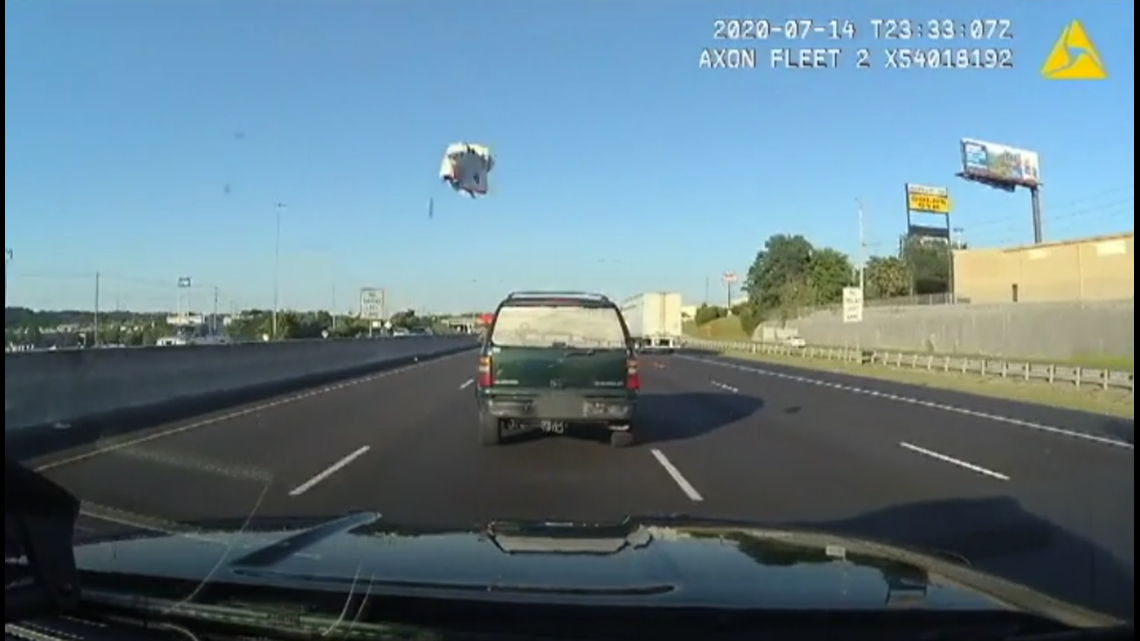
The investigation showed no evidence that Moya ever fired a gun while riding with Ramos-Murillo.
Moya would later tell investigators that Ramos-Murillo wanted to drive to Atlanta to pick up a cousin. But they overshot the city and ended up driving into Tennessee.
Once the police started following the green SUV, Ramos-Murillo told Moya they were in it together, no matter what happened.
“Cristhian Ramos Murillo said that he did not want to go to jail,” TBI records state. “Mario Enrique Mejia Moya told him to stop and to let him out of the truck because he doesn't have anything wrong with the police. But (Murillo) told him, “No, you're coming with me. If they kill me, then you are dying with me, too."
Behind them, Trooper Fletcher also was making plans. As the suspect vehicle got closer and closer to downtown, Fletcher asked supervisors for permission to perform a maneuver with his cruiser – called a pursuit intervention technique – to force the Tahoe to stop.
A wide open stretch up beyond the I-75 flyover on I-40 looked like just the spot.
OK, Fletcher was told, you can do it.
CAUGHT IN THE CHASE
George Morring was driving home on I-40 with his 6-year-old son from a karate class when he found himself in the midst of the pursuit.
They’d pulled onto I-40 at Lovell Road heading east. Morring, an Army National Guard veteran, soon recognized that something was wrong – he could hear sirens.
As he looked back, he could see numerous police vehicles with their blue lights flashing. Was it an escort? Then he spotted the lone SUV leading the pack.
It was no escort.
The convoy sped by to his left. He could see the passenger – Moya – as Ramos-Murillo passed by. He also recalled the driver, who appeared to have a contented look on his face.
As the chase moved on, Morring kept driving. His first reaction was to help, he said.
“I’m a veteran, so serving in the military they don’t want you to run,” he said.
But then he thought of his son.

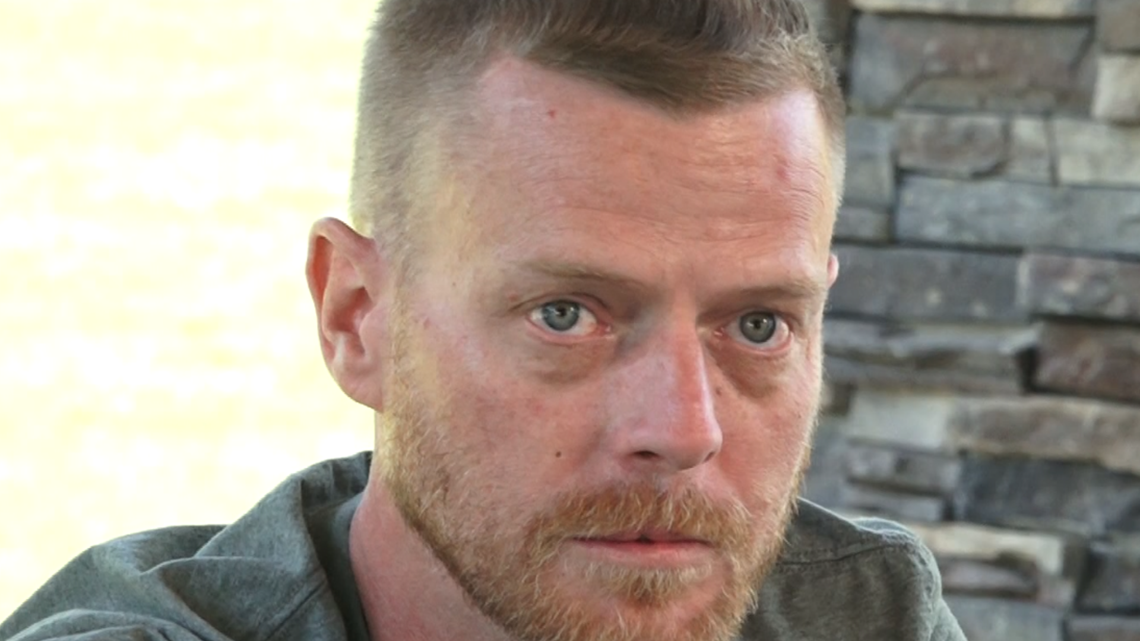
Morring told his son to unbuckle his seatbelt and get down in the floorboard. The boy complied.
After a few minutes, Morring said, “He was like, Dad, why am I down here?”
Well, the father replied, in case they start shooting, Son.
“You’ll be safe.”
Morring was right.
Traffic up ahead came to a stop. Morring, although he didn’t realize it, was only about 100 yards away from where officers were converging on the Chevy.
Ramos-Murillo and police were about to start shooting.
“GUN, GUN, GUN, GUN, GUN!"
Amburn, then a K-9 officer with the Sheriff’s Office, was working a side job along with KCSO Sgt. Lake Lowry at a convenience store on Merchants Drive when they heard radio traffic about the pursuit. With his dog, Thor, in the back, Amburn and the sergeant jumped in Amburn’s cruiser and headed south.
Along with Scarbrough and Trooper Justice, they would all come together with Deputy Johnson, Deputy Cody Wheeler and others just yards from the Chevy after Fletcher’s successful PIT maneuver.

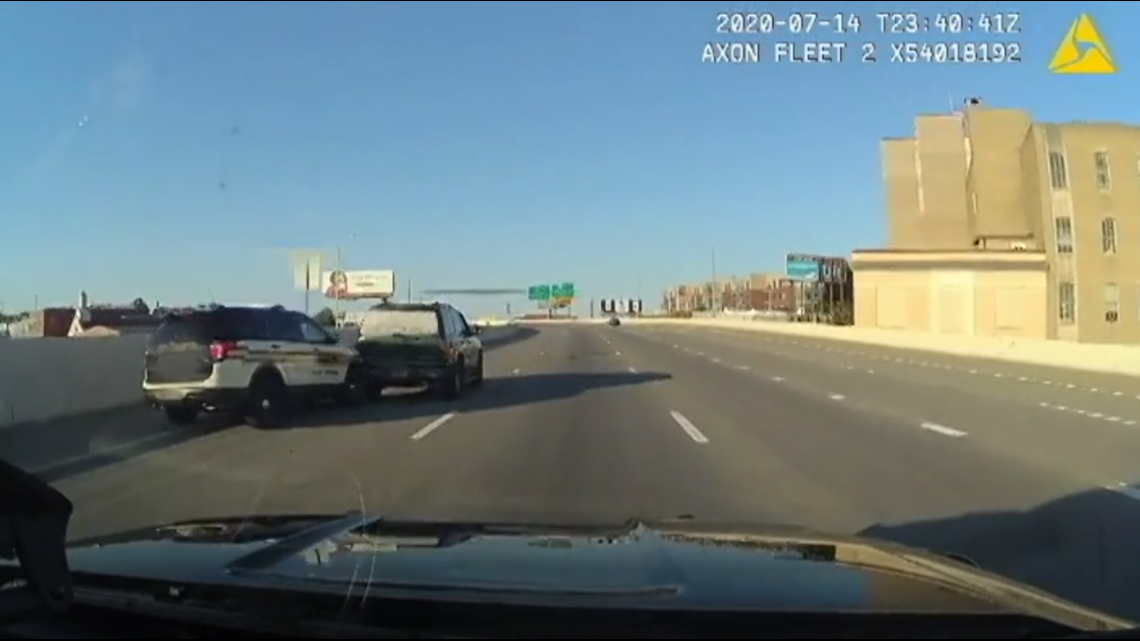
As dashcam video from Scarbrough’s cruiser shows, Fletcher’s nudge to the left bumper spun Ramos-Murillo around, slammed the vehicle sideways against the concrete interstate median and then propelled it across the highway lanes before it drove back across the highway and nosed into Justice’s cruiser.
Amburn watched it all unfold from behind the wheel of his Dodge cruiser. Ramos-Murillo, still behind the wheel of the battered Chevy, was just yards away.
“I watched the driver look through all the police cars, just scanning all through them,” Amburn recalled for 10News. "And for whatever reason, he looks straight at me. While he’s looking through them, I can see his hand reaching down underneath, down towards the floorboard.
“He’s staring right at me in the face. I’m looking at him and I watch him set the gun up over the top of the door panel straight at me. And I actually visually watch him like bite his bottom lip like he’s enjoying what’s going on.”
“Gun! Gun! Gun! Gun! Gun!” Amburn shouted to Lowry.
In a blast of gunshots, Ramos-Murillo started firing at officers and they fired right back, intent of eliminating the threat. Amburn squeezed off rounds while still in his cruiser, firing through the windshield.

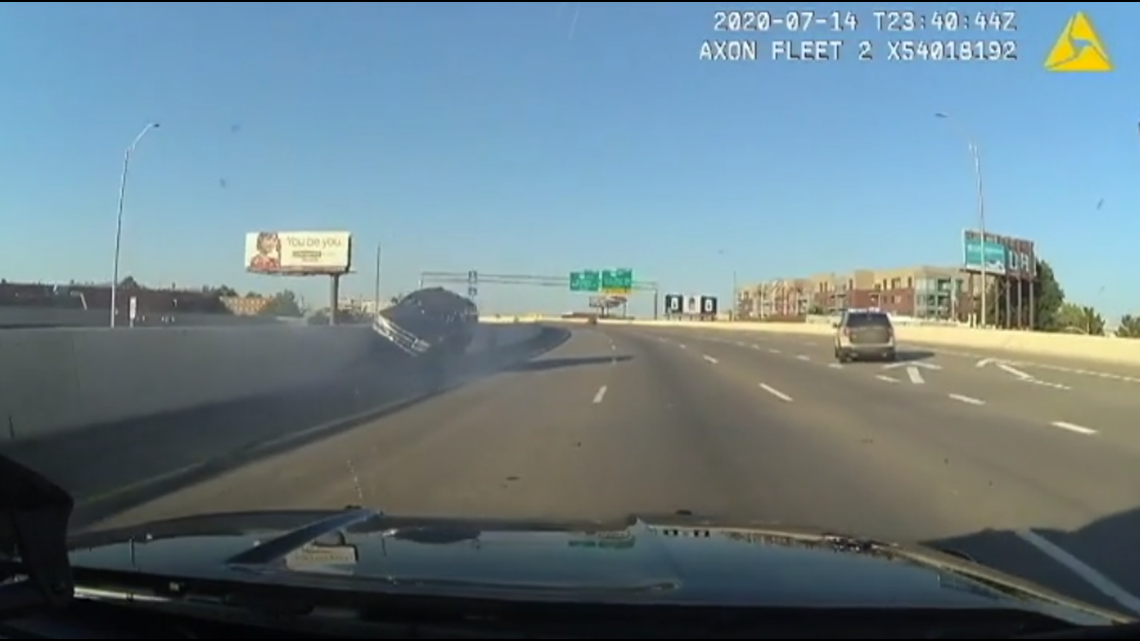
In law enforcement circles, the cruiser is known among some as “the coffin,” because it’s not the place you want to be in the middle of a gunfight. Amburn opened his car door and eased out onto the pavement with the door acting as a shield.
He could hear bullets hitting metal.
Lowry, crouched down in the passenger seat of Amburn’s car, got his gun out and started firing as well. He estimated to investigators that he got off eight to 10 shots.
Nearby, Johnson and Cody Wheeler, his patrol trainee, had arrived on the scene in Johnson’s cruiser. Wheeler had been driving as Johnson rode alongside.
Johnson stepped out of the car with his department-issued carbine rifle in hand.
“He (suspect) was still firing his weapon. I aimed my rifle and fired at the suspect. I fired several rounds and remember looking through my sight. It seemed like he was trying to take cover below the door/window. I do remember at some point he sunk below the door,” Johnson said.
He added: “The only thing I heard was the sound of my rifle during this time.”
Also firing were Trooper Justice, into whose car Ramos-Murillo had bumped, and Deputy Joshua Fischer, Johnson’s partner who had parked behind Johnson’s vehicle.
Justice, who has since left THP, told investigators he fired first with his agency-issued handgun, getting off eight or nine rounds, aiming for the Chevy’s windshield, until the gun jammed. He then grabbed his shotgun, chambered a round and walked around toward the green SUV, his weapon at the ready.


The shooting stopped.
Justice spotted Ramos-Murillo’s pistol in the back seat, near the driver, grabbed it and put it on the hood of his cruiser.
Justice “saw the driver in the back seat trying to avoid bullets.” He could hear Ramos-Murillo moaning.
Officers surrounded the Tahoe, pulled Ramos-Murillo through the driver’s side window and brought him to the ground so they could cuff him.
They walked the groaning, slumping driver back to Scarbrough’s cruiser.
“As soon as we got the driver out, I noticed he was bleeding. He was mumbling and said he couldn't breathe. I asked him at one point if he could speak English. I asked him in Spanish where he hurt, just trying to get him to talk and to keep breathing. He wouldn't really say anything else,” Scarbrough told investigators.
When officers realized the Ramos-Murillo had numerous gunshot wounds, they began working on him before putting him on a spine board so he could be taken to University of Tennessee Medical Center.

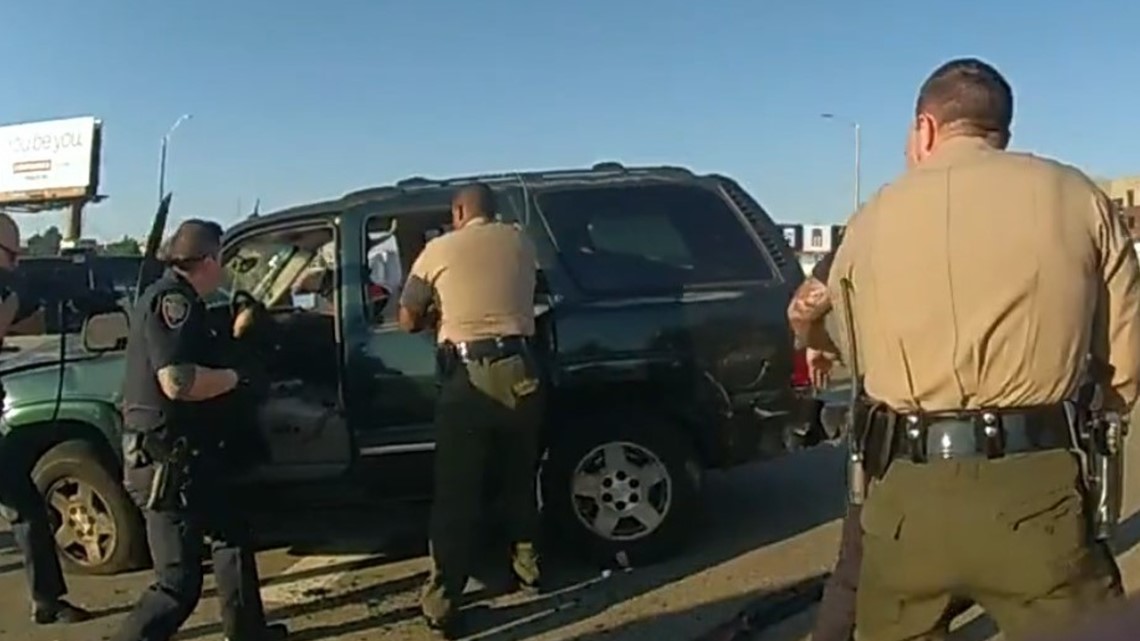
The fugitive wouldn’t make it. He’d been shot twice in the chest and at least three times in the legs. He died that night.
Deputies also began working on Moya, the passenger.
Johnson’s bodycam video obtained by 10News offers an upfront-view of the events as they unfolded.
The deputy ran to the trunk of his car, grabbed a medical kit and then headed for where Moya was lying on the roadway. He had blood around his face and shoulder, and the color was beginning to drain from his face.
Moya said little, sometimes staring up at the officers and grimacing in pain.
Johnson cut off his shirt and deputies could clearly see just how badly he’d been hit. Three district bullet holes dotted Moya’s back.
Johnson grabbed a patch from the kit and applied it across the three bleeding wounds. If he could patch the holes at least temporarily, he could prevent Moya from developing a sucking chest wound that could lead to a potentially fatal collapsed lung.
While Johnson treated Moya, Deputy Wheeler knelt at the passenger’s side, asking him his name in Spanish and trying to keep him engaged in conversation.
“Stay with me!” Johnson ordered Moya repeatedly.

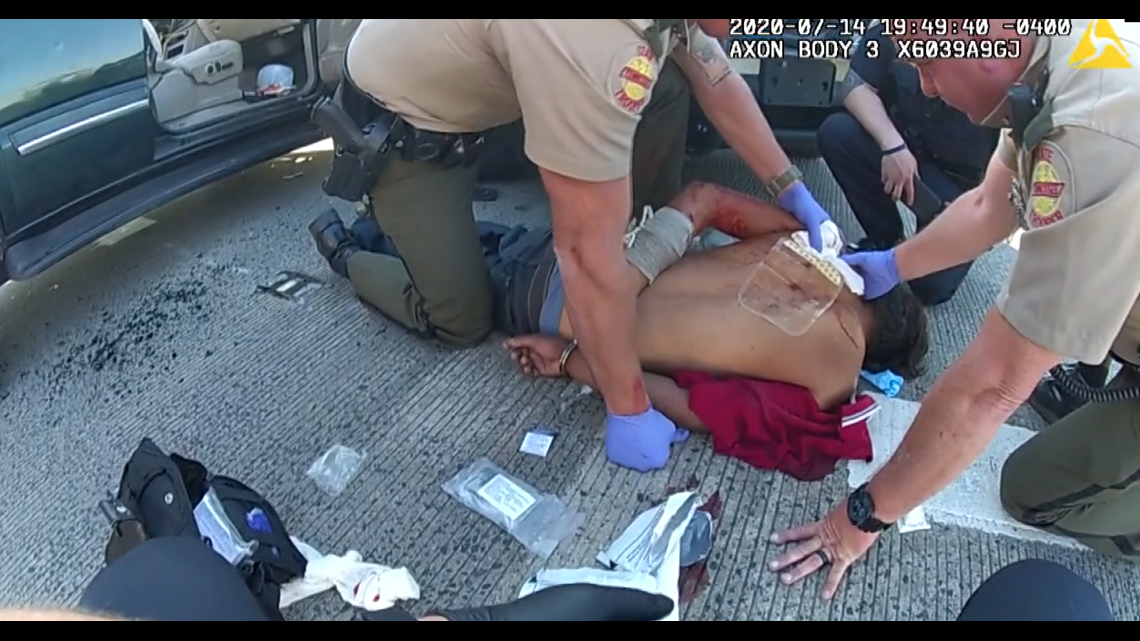
The men eventually loaded Moya onto a blanket and then transferred him to a gurney for the ride to UT Medical Center. He spent several weeks in the hospital, having suffered critical wounds in the shootout.
RECOVER AND REGROUP
In his own way, each officer who’d just been involved in the shootout tried to find a way to catch his breath and come down from what had just happened.
Amburn ran back to his car and checked on his K-9. The anxious Thor was ready to come out of the vehicle and help, but Amburn gently pushed him back into his backseat post, grateful the dog hadn’t been hit in the barrage of bullets.
Scarbrough walked around to the passenger side and spotted a .357-caliber pistol on the floor of the car. Investigators later determined it had been stolen in Florida. Moya had not fired it – and Moya told Tennessee and Florida police he refused Ramos-Murillo’s requests that he use it against police.
Scarbrough put the pistol on the hood of Justice’s vehicle, where it sat along with Ramos-Murillo’s weapon.
After feverishly working to treat Moya’s wounds, Johnson found himself at a point where he wasn’t sure what to do with himself, he told investigators.
“I went to my car, grabbed my phone, and texted my wife. I got some water. I had never been in that situation before,” he would later tell investigators. “I waited to be told what to do.”

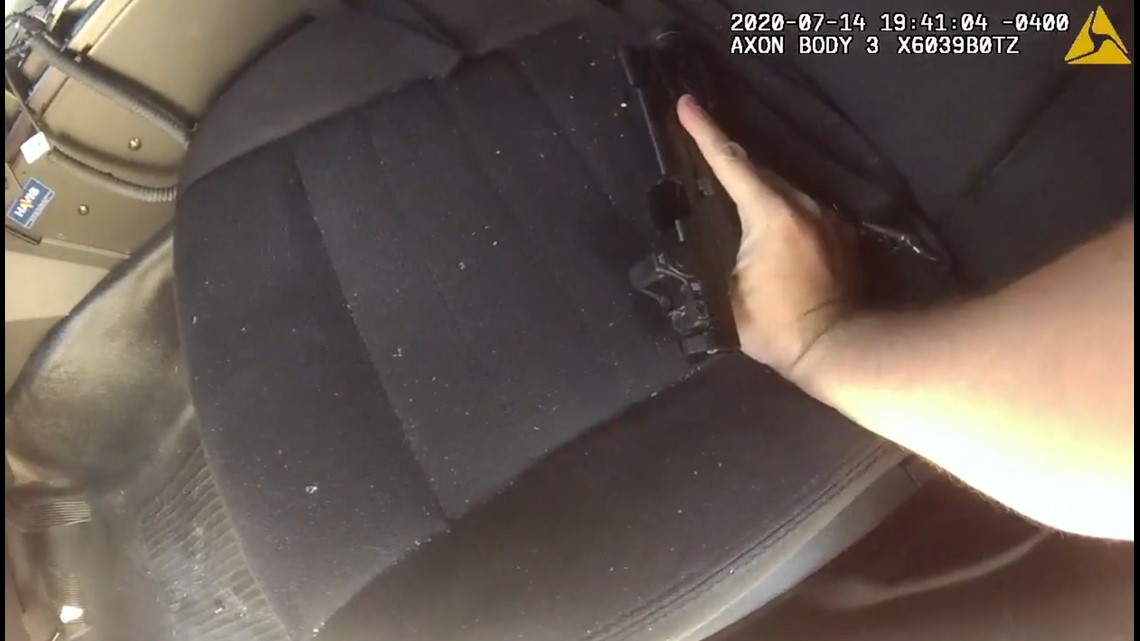
As he inspected his Dodge cruiser, Johnson noticed that a bullet had hit the lower right-hand corner and then struck his GPS and lodged in the dash.
“I remember thinking, it almost hit Cody,” he told a TBI special agent.. “That's when the whole incident started sinking in for me. I didn't notice this until after I returned to my vehicle. I was later told that one shot hit my radiator also. Cody told me he felt some sort of pressure and he saw the round strike the windshield.”
Two days after the shootout, Trooper Fletcher’s wife would discover a bullet hole on the door frame of his THP cruiser. Fletcher then called his supervisor to let him know about it.
Amburn ended up suffering ear damage from the shooting, and because of the percussion of the shots he experienced swelling in the right side of his face for which he’d seek medical attention.
“I’m thankful that God took care of us and got us home,” said Amburn, who later would leave the department to take a private security job in the Knoxville metro area. After six years with the department, Amburn said he left not because of the shooting but because of the low pay.
“It’s a terrifying experience that nobody wants to go through. I’m thankful for the other officers that were there with us that had the courage and the bravery to put their life on the line and to do what had to be done for the safety of others,” he said.
AFTERMATH
TBI agents concluded their investigation in the fall and handed it off to DA Allen. The county’s chief prosecutor reviewed hundreds of pages of material in weighing whether the circumstances merited the officers’ response.


“Clearly, our suspect fired first,” Allen observed in an interview with WBIR. “And he fired 16 shots at the officers and the officers returned fire with 52 shots. So, that was a very high number of shots in a gunfire exchange.”
Sheriff Spangler, who has worked as a training officer himself, said he planned to use videos from the shooting to show his men and women the proper way to handle themselves when a suspect goes armed.
“You know, it shows the things that need to be done, should be done, and doing it the right way,” the sheriff said.
Expect the unexpected. Officers are reminded of that constantly while on the job, Spangler said.
“What I have learned -- in reviewing cases over the years -- is the speed at which an officer’s regular day can go from absolutely nothing to an adrenaline rush and a life-threatening situation in just seconds is just really something that’s hard, I think, for the normal person to process,,” Allen said.

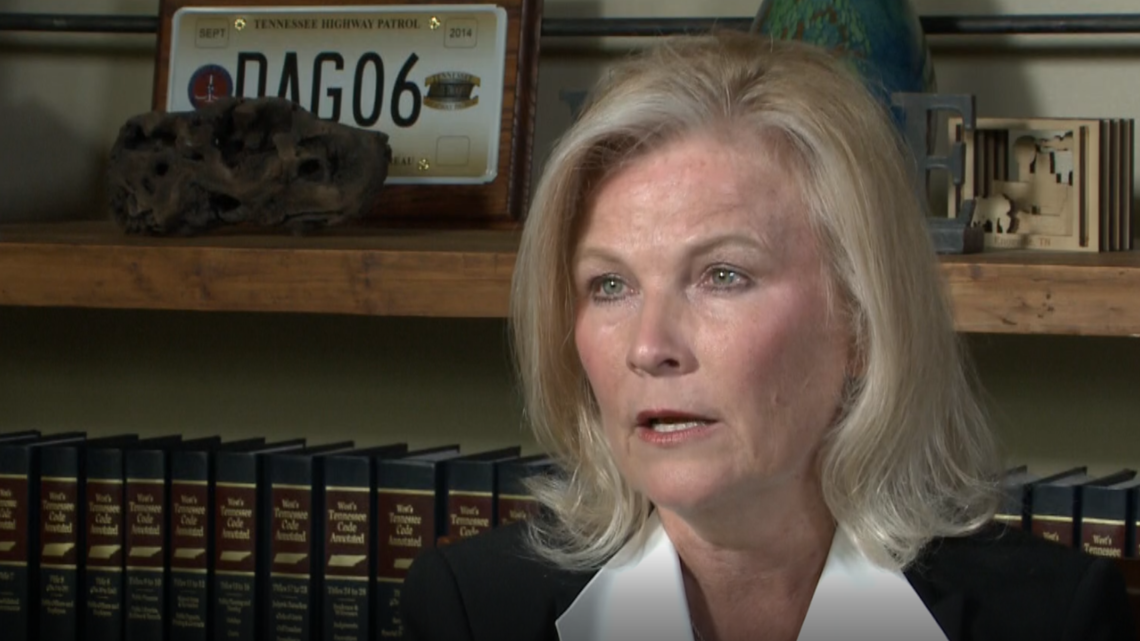
In the days after Ramos-Murillo died, Broward County, Fla., investigators spoke to his ex-girlfriend, Maria Jaral, the mother of his child. She said she FaceTimed with him as the pursuit was going on.
According to Jaral, he told her, "…I was never going to be in jail. I prefer to be dead," the report states.
She also gave him video of the FaceTime, which included the final moments before the shooting started.
It starts with a young girl looking at the phone. Police sirens can be heard, according to the TBI report.
After about five seconds a female can be heard saying his name, “Cristhian.”
Then you hear the sound of a numerous gunshots, followed some 27 seconds later by the sound of a child crying, the investigative file shows.

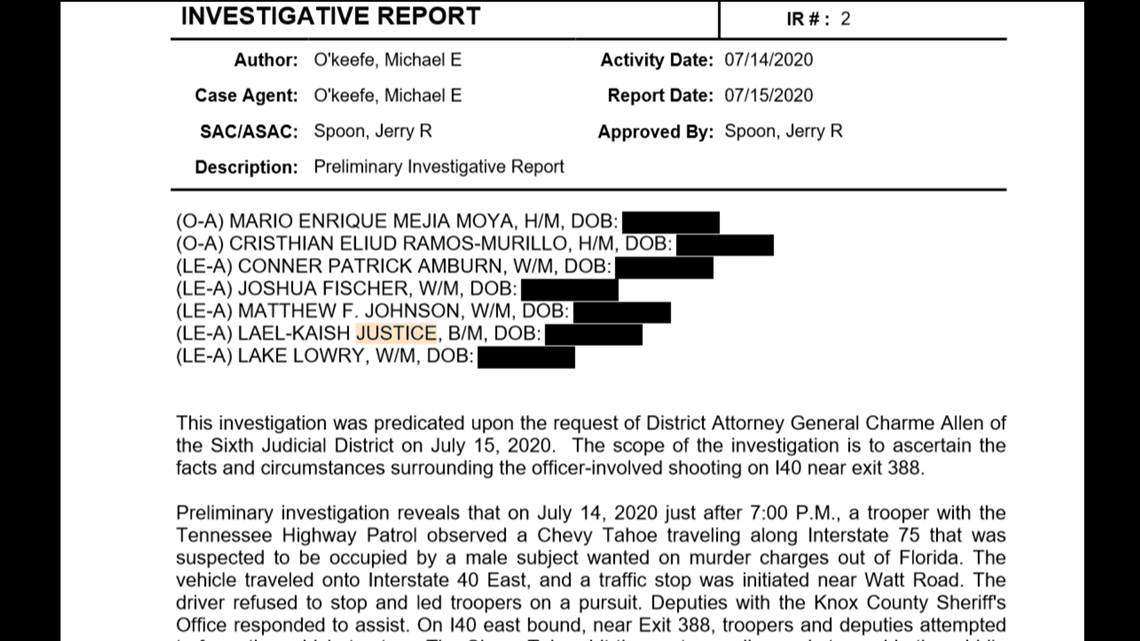
Reporters Amelia Young and Cole Sullivan contributed to this report.


